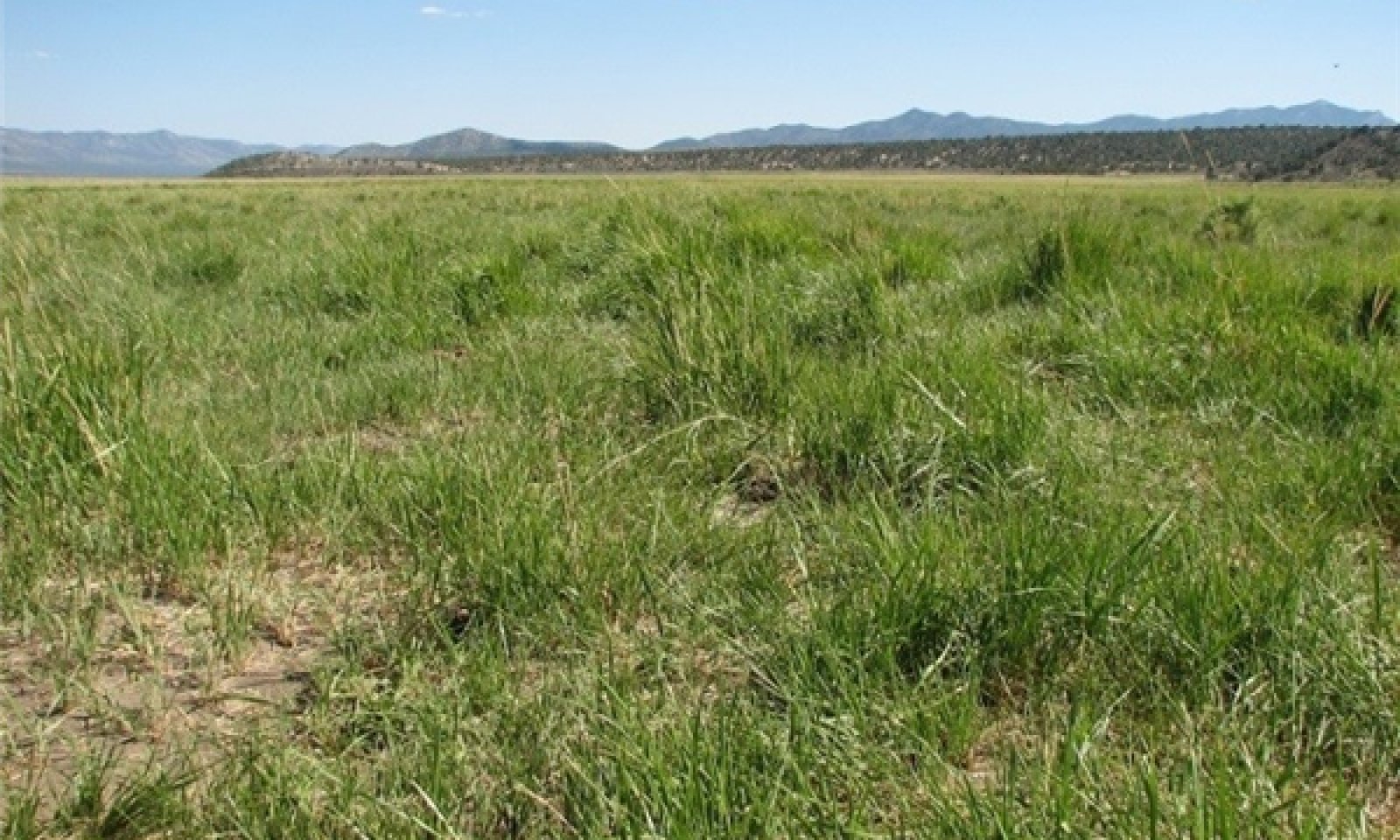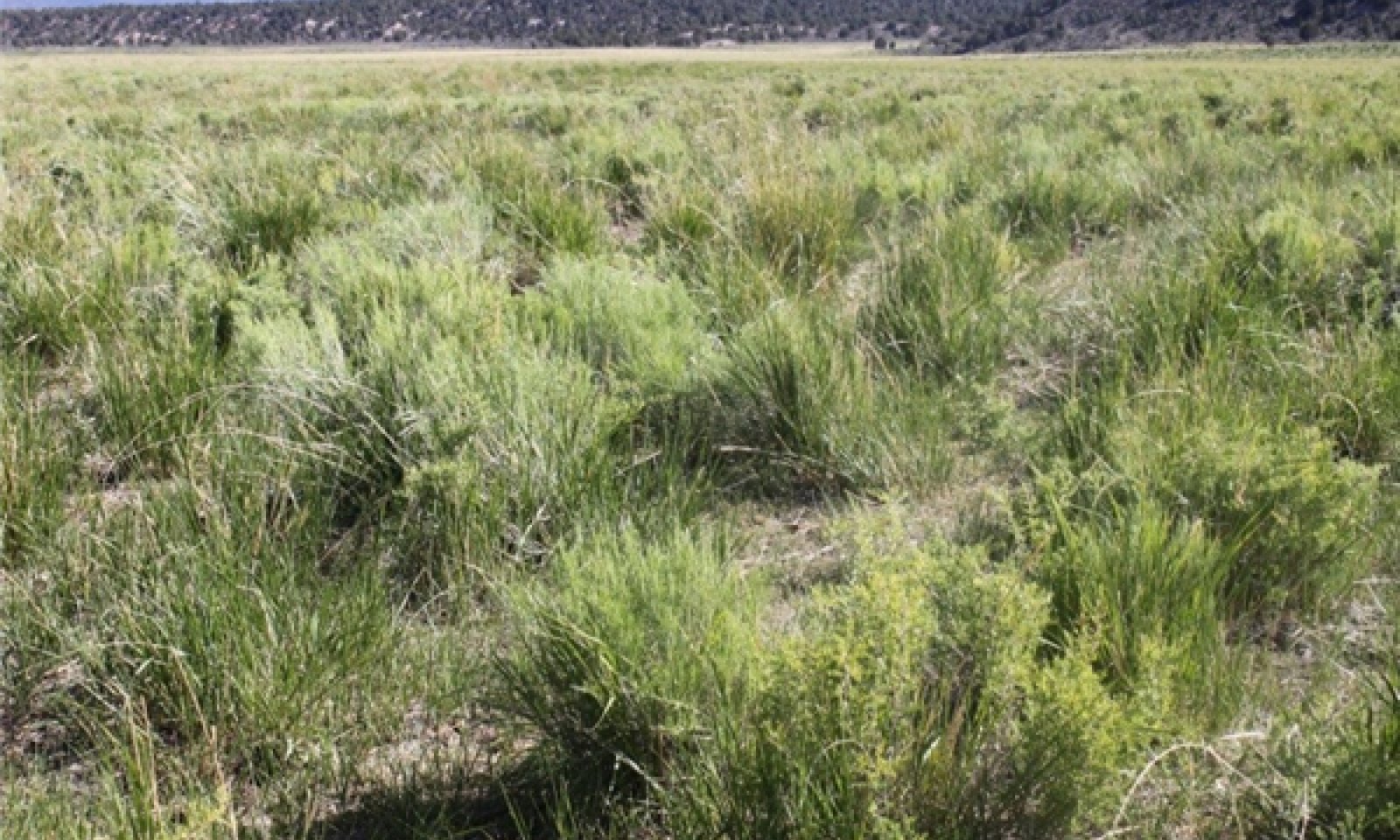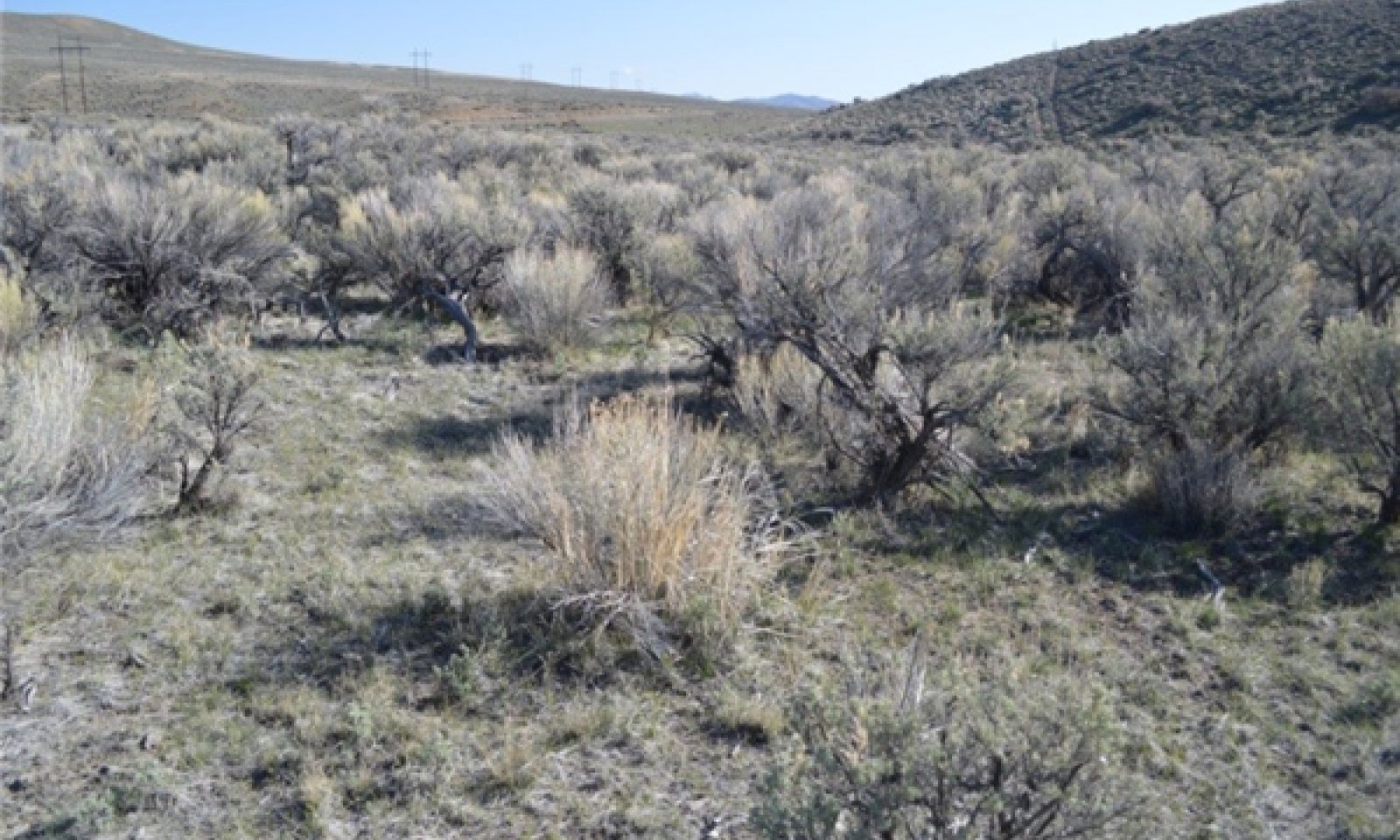
LOAMY BOTTOM 8-14 P.Z.
Scenario model
Current ecosystem state
Select a state
Management practices/drivers
Select a transition or restoration pathway
-
Transition T1
introduction of non-natives
More details -
Transition T2
Hydrologic altering of the site
More details -
Transition T3
Wide spread and repeated wildfire or soil disturbing practices
More details -
Restoration pathway R2
Brush management and seeding of native perennials.
More details -
Transition T4
Severe and repeated wildfire and/or failed brush management or seeding
More details -
Restoration pathway R5
Seeding with non-native perennials using minimal soil disturbing practices.
More details -
Restoration pathway R3
Seeding with native species
More details -
Restoration pathway R4
Seeding with non-native perennials using minimal soil disturbing practices.
More details -
No transition or restoration pathway between the selected states has been described
Target ecosystem state
Select a state
Description
The Reference State is a representative of the natural range of variability under pristine conditions. The Reference State has three general community phases; a shrub-grass dominant phase, a perennial grass dominant phase and a shrub dominant phase. State dynamics are maintained by interactions between climatic patterns and disturbance regimes. Negative feedbacks enhance ecosystem resilience and contribute to the stability of the state. These include the presence of all structural and functional groups, low fine fuel loads, and retention of organic matter and nutrients. Plant community phase changes are primarily driven by fire, periodic drought and/or insect or disease attack.
Submodel
State 2
Current Potential State



Description
This state is similar to the Reference State 1.0. Ecological function has not changed, however the resiliency of the state has been reduced by the presence of invasive weeds. Non-natives may increase in abundance but will not become dominant within this State. These non-natives can be highly flammable and can promote fire where historically fire had been infrequent. Negative feedbacks enhance ecosystem resilience and contribute to the stability of the state. These feedbacks include the presence of all structural and functional groups, low fine fuel loads, and retention of organic matter and nutrients. Positive feedbacks decrease ecosystem resilience and stability of the state. These include the non-natives’ high seed output, persistent seed bank, rapid growth rate, ability to cross pollinate, and adaptations for seed dispersal.
Submodel
Description
This state typically results from many years of heavy grazing during time periods harmful to perennial bunchgrasses and/or hydrologic modification resulting in a lowered water table. Basin wildrye is reduced. Creeping wildrye, mat muhly and/or Sandberg bluegrass may become the dominant grass. Sagebrush dominates the overstory and rabbitbrush may be a significant component. Sagebrush may be decadent, reflecting stand maturity. The shrub overstory and creeping wildrye or mat muhly understory dominate site resources such that soil water, nutrient capture, nutrient cycling and soil organic matter are temporally and spatially redistributed.
Submodel
Description
This state is characterized by dominance of non-native species. Non-native annuals are most common, but dominance of perennial non-native species, like whitetop (Lepidium latifolium) may also occur.
Submodel
Description
This state is characterized by the dominance of seeded non-native perennials. Deep-rooted native perennials are reduced or absent.
Characteristics and indicators
Site has been seeded with with non-native seeded forage species. Seeding practices should minimize soil disturbance. Non-native species are stable to increasing within this state.
Mechanism
Trigger: introduction of non-native annual and perennial plants, such as cheatgrass, mustards, and whitetop.
Slow variables: Over time the non-native species will increase within the community. Organic matter inputs are reduced.
Threshold: Any amount of introduced non-native species causes an immediate decrease in the resilience of the site. Non-native species cannot be easily removed from the system and have the potential to significantly alter disturbance regimes from their historic range of variation.
Mechanism
Trigger: Hydrologic altering of the site (i.e. gulling of associated channel upstream followed by severe soil erosion). Maybe also be coupled with repeated, inappropriate, growing season grazing and prolonged drought.
Slow variables: Long term decrease in deep-rooted perennial grass density and increased Sandberg bluegrass favors shrub growth and establishment resulting in reduced organic matter inputs and soil stabilization.
Threshold: Loss of deep-rooted perennial bunchgrasses changes nutrient cycling, nutrient redistribution, and organic matter inputs. Alteration in the hydrology of the site caused by soil erosion and gullying reduces soil moisture by increasing runoff and reducing infiltration.
Mechanism
Trigger: Wide spread and repeated wildfire or soil disturbing practices (failed seeding or abandon farmland) coupled with prolonged drought.
Slow variables: Increased production and cover of non-native annual species over time.
Threshold: Loss of deep-rooted perennial bunchgrasses and shrubs truncates, spatially and temporally, nutrient capture and cycling within the community.
Mechanism
Brush management such as mowing, coupled with seeding of basin wildrye and other native perennials. This may be coupled with restoration of the water table where channel incision has occurred. Engineered structures may be needed. See USDA, NRCS National Engineering Handbook (2008). This restoration pathway should include prescribed grazing management and minimize soil disturbing practices. A failed restoration attempt may transition the site to an annual dominated state (State 4).
Relevant conservation practices
| Practice | External resources |
|---|---|
|
Brush Management |
|
|
Range Planting |
Mechanism
Trigger: Severe and repeated wildlife and/or failed brush management and seeding, maybe be coupled with prolonged drought.
Slow variables: Increased production and cover of non-native annual species over time.
Threshold: Loss of deep-rooted perennial bunchgrasses and shrubs truncates, spatially and temporally, nutrient capture and cycling within the community.
Mechanism
Seeding with non-native perennials using minimal soil disturbing practices. This restoration attempt should be coupled with prescribed grazing management.
Mechanism
This restoration pathway should include seeding of basin wildrye and other native species coupled with prescribed grazing management. The site may also require restoration of the water table where channel incision has occurred. Engineered structures may be needed. See USDA, NRCS National Engineering Handbook (2008). Probability of success is dependent on adequate soil moisture conditions and care should be taken to minimize soil disturbing practices.
Model keys
Briefcase
Add ecological sites and Major Land Resource Areas to your briefcase by clicking on the briefcase (![]() ) icon wherever it occurs. Drag and drop items to reorder. Cookies are used to store briefcase items between browsing sessions. Because of this, the number of items that can be added to your briefcase is limited, and briefcase items added on one device and browser cannot be accessed from another device or browser. Users who do not wish to place cookies on their devices should not use the briefcase tool. Briefcase cookies serve no other purpose than described here and are deleted whenever browsing history is cleared.
) icon wherever it occurs. Drag and drop items to reorder. Cookies are used to store briefcase items between browsing sessions. Because of this, the number of items that can be added to your briefcase is limited, and briefcase items added on one device and browser cannot be accessed from another device or browser. Users who do not wish to place cookies on their devices should not use the briefcase tool. Briefcase cookies serve no other purpose than described here and are deleted whenever browsing history is cleared.
Ecological sites
Major Land Resource Areas
The Ecosystem Dynamics Interpretive Tool is an information system framework developed by the USDA-ARS Jornada Experimental Range, USDA Natural Resources Conservation Service, and New Mexico State University.



